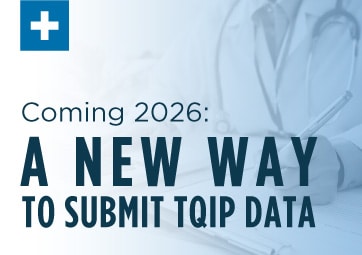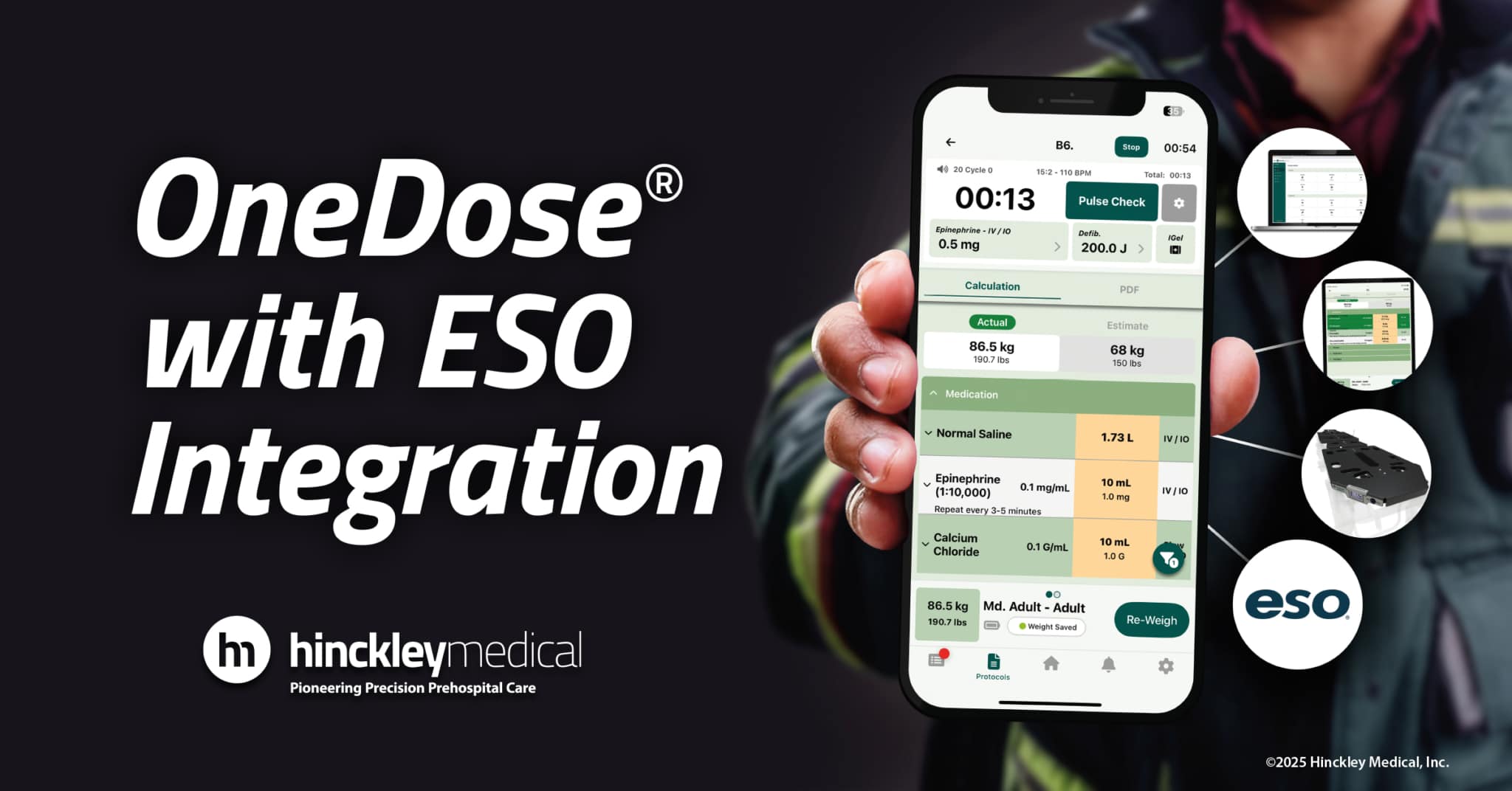As fire departments prepare for the transition to the National Emergency Reporting Information System (NERIS), we understand there are many questions about how this new standard will fit into your operations. To help guide you through the changes and what’s coming next, we’ve compiled answers to frequently asked questions about ESO’s integration with NERIS, the development timeline, and how you can stay prepared.
We will update and add new information as it becomes available, so be sure to bookmark this page and check back if questions arise.
What will NERIS include?
NERIS organizes data into schemas, grouping related fields into primary and secondary categories.
The primary schemas for NERIS include:
- Entity: Defines the department’s resources and capabilities
- Dispatch: Data elements captured by the agency CAD or RMS
- Incident: Information collected per record, with smaller modules related to familiar topics such as Fire, Hazardous Situations, and Medical, along with new or modified topics like Emerging Hazards, Risk Reduction, and Rescue
The secondary schemas, which USFA is still finalizing, include:
- Incident Analysis: Comprehensive data for in-depth analysis of incident trends, investigations, and outcomes
- Community Risk Reduction: Information to support targeted risk mitigation strategies within communities
- Health and Safety: Metrics to protect both first responders and the public
You can learn more about the data elements in NERIS’ primary schemas here.
When do I need to start using NERIS in ESO?
The timeline will vary. ESO’s basic NERIS-compatible beta has been launched with a small cohort of agencies, and we’re actively collecting feedback. The beta showcases a new, streamlined workflow that allows agencies to create NERIS-compatible records for testing purposes. After ESO completes the data submission work and achieves NERIS compatibility with the federal government, the new NERIS-compliant Fire Incidents application will open for limited availability. It will be a simplified version and may not be ideal for agencies with ESO suite integrations like CAD and EHR imports. Throughout the latter half of 2025, we’ll be working to increase functionality, and agencies will be onboarded to the NERIS-compliant Fire Incidents application by the end of 2025.
What about the FEMA-region onboarding schedule that was published by USFA?
That schedule is only for agencies that want to use the government-provided NERIS reporting application directly. If you’re on ESO, we’ll be following a different schedule for onboarding to the new NERIS-compliant Fire Incidents application based on which integrations your agency uses and when those are available.
What is the timeline for development?
ESO is following the timelines USFA set for the NERIS release as closely as possible. We are live with a basic NERIS-compatible beta as of February 2025, with additional updates (NERIS-compatibility for data submissions, CAD imports, ESO EHR integration, ESO Insights reporting, etc.) rolling out throughout 2025. Starting in 2026, we’ll look beyond the NERIS data standard to enhance the reporting experience with additional data capture and feature functionality.
USFA released their NERIS reporting tool early in 2025 as well. 2025 will be a hybrid reporting year, with some agencies still using NFIRS, and others starting to use NERIS reporting. USFA has stated that NFIRS data will no longer be accepted starting in 2026.
I’m an accredited agency. Does NERIS have all the things I need for accreditation reporting?
Not yet. The Center for Public Safety Excellence (CPSE) recognizes that NERIS and NFIRS are very different data standards. They are currently working on aligning the CPSE accreditation requirements with NERIS. Read more here.
Will I still be able to access my NFIRS data in ESO?
Yes. Your agency will still be able to access the ESO Fire Incidents module and the Archived Fire Incident Search page. All relevant data will also be available in ESO Insights. Eventually, NFIRS data in ESO will be read-only and printable, but this will not happen until all agencies have fully transitioned to NERIS.
How will my department use NERIS in ESO?
After a lot of consideration, ESO is developing a NERIS-compliant Fire Incidents application as an update to the current Fire Incidents reporting experience within ESO. NERIS and NFIRS are not very similar, and building NERIS fields into the current NFIRS-based reporting application would have been more confusing than helpful.
You may be familiar with the documentation USFA has provided for NERIS, most of which can be found at this GitHub repository. We’ve been focused on creating a lightweight, simple system that can handle NERIS reporting for all our agencies. We also added a full permissions set that system administrators can use to control which users have access to the new NERIS-compliant Fire Incidents application in ESO, and what kind of access they have. We are bringing those pieces together to create a new reporting workflow focused on compliance with the NERIS data standard.
Does ESO already have NERIS compatibility?
As of March 27th, ESO received its vendor exchange compatibility badge from NERIS. This is a huge milestone for our platform and a testament to all the hard work and dedication of the team working to ensure ESO customers can maintain compliance in incident reporting.
What will ESO charge for NERIS?
Nothing. NERIS is considered a compliance requirement, not an upgrade or an extra feature, so there will be no additional cost for ESO Fire Incidents reporting when your agency begins using the new NERIS-compliant Fire Incidents application.
Can my department participate in the beta testing with ESO?
ESO launched a closed beta in February 2025 with a small cohort of agencies who are actively providing feedback. More agencies will be able to access, train, and experience the new NERIS-compliant Fire Incidents application when we move into a limited availability in late spring.
What does my department need to do to prepare for the transition to NERIS?
We’re working on a checklist of steps to help all our agencies get ready for NERIS reporting. Agencies will need to configure user permissions to allow access to the new NERIS-compliant Fire Incidents application, and there will be a couple new fields in Admin to fill out on the Other Agencies and Units pages. We’ll let you know as soon as it’s possible to work on those items.
There is also a necessary onboarding step in the government-provided NERIS system. All agencies using ESO will have to login to the gov portal and authorize ESO as being able to submit data on the department’s behalf. This activates the ESO connection for data submission. We’ll make sure to post those steps as soon as possible, but we are awaiting more information from USFA about how that process will work.
Can my department train with the NERIS-compliant workflow before we have to start using it?
Yes. As ESO’s NERIS-compliant Fire Incidents application moves into limited availability this spring, and even more so once we open for general availability this summer, agencies will be encouraged to do their setup and start training their members to prepare for the NERIS reporting changes. The data submissions to NERIS will be disabled initially, but once ESO’s integrations are ready, agencies can control when their department starts submitting records. This should allow departments to have adequate time to train before everyone starts using NERIS at the start of 2026.
How will my department be onboarded to the NERIS-compliant version of Fire Incidents?
We’re working on a plan that will encourage agencies to start using the NERIS-compliant Fire Incidents application in stages, based on the availability of major integrations. We think doing incident reporting via manual data entry, and lacking access to reports on those incident records, is not the best experience we can offer, so our primary enablement process will start this summer once the CAD and Insights integrations are available, with waves of eligible groups continuing on into the fall as we hit our targets for EHR and Scheduling integrations as well. The features and integrations your department uses will inform the timeline of when the new NERIS-compliant Fire Incidents application is right for you.
Will NERIS require any changes to my CAD data?
To the best of our ability, we’re going to keep all incoming CAD data the same and not disrupt any active CAD connections to ESO. The development efforts for the CAD integration to the NERIS-compliant Fire Incidents application have not yet begun, but our goal is to make the CAD switchover as low-touch as possible for departments.
There are some new fields in NERIS that aren’t currently captured through CAD but might be good candidates for CAD expansion. We’ll add these onto our list as opportunities to grow our CAD data capabilities in the future!
NERIS is missing something my department needs for reporting. What is ESO going to do about that?
ESO’s primary focus right now is ensuring compliance with the NERIS standard. Our goal for this year is to build a new workflow that collects, validates, and submits incident records according to the new requirements, and integrates with critical areas of ESO and CAD to reduce manual data entry.
NERIS is still being updated, so we are being cautious not to move too far ahead of the official guidelines, which helps us avoid costly rewrites or incompatible data.
In the future, ESO will expand beyond the basic NERIS requirements by adding additional data capture options based on feedback from agencies.
I’m coming over to ESO from Emergency Reporting. What happens to all my old NFIRS data?
Emergency Reporting will not be upgraded to be compatible with NERIS. Agencies who are currently using Emergency Reporting should work with ESO to make a plan for transition. ESO has a process to migrate historical NFIRS records into a view-only archived search grid which helps agencies serve public records requests and other data needs, as well as adding data to the Insights platform for historical reporting. It’s also possible for agencies to download NFIRS export files from Emergency Reporting for safe-keeping, or to request that data from the national NFIRS site before NFIRS is turned off next year.
Can we opt out of NERIS reporting?
Users with access to the Settings page in the new NERIS-compliant Fire Incidents application will be able to disable NERIS submissions so that reports do not automatically submit to NERIS when they are locked.
How will the Ohio State Fire Marshal’s decision to opt out of NERIS affect reporting?
The Ohio State Fire Marshal’s Office has determined that agencies in the state of Ohio will continue to report based on the NFIRS standard even after it becomes non-federally compliant on January 1, 2026. Agencies should continue to submit their data to the Ohio Fire Incident Reporting Management System (OFIRMS). OFIRMS will assume the responsibility of converting the data and submitting it to NERIS on their behalf.
For existing ESO customers in Ohio, this means you will continue to record NFIRS-type incident reports in the Fire Incidents application as you do today. New and migrating Ohio customers will also be required to use the NFIRS-compatible Fire Incidents version.
ESO will continue to monitor the situation and will remain in contact with the data manager in Ohio regarding any changes.
Will there be training and demos for NERIS?
Yes. Training will be available in the On-Demand Learning center in the ESO Application. Customers will also have access to training documentation in the Resource Center and the Online Help. In addition, there will be webinars and demos you can attend prior to your transition.
What should I do if I have questions about NERIS?
If you want to know more about how ESO is working on this project, you can submit your questions here.
If you have questions for USFA, check out their FAQ page or contact their helpdesk.


